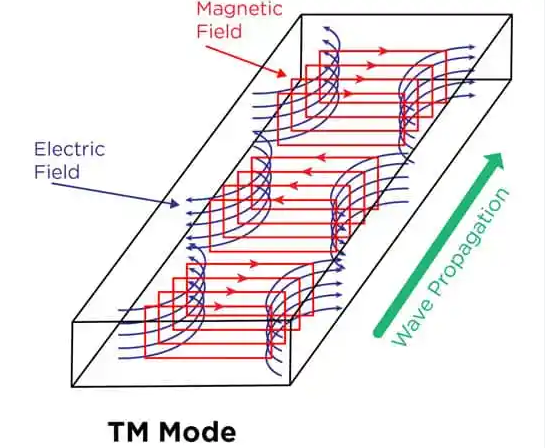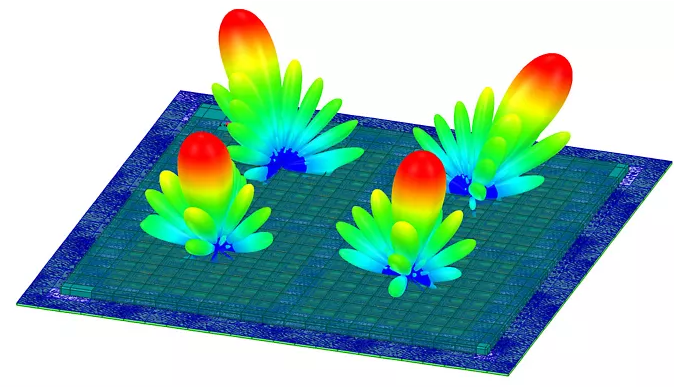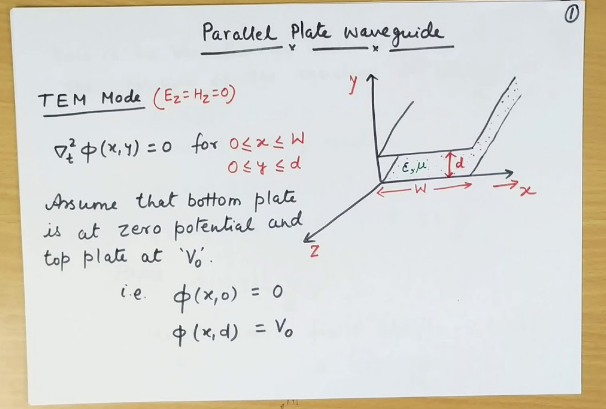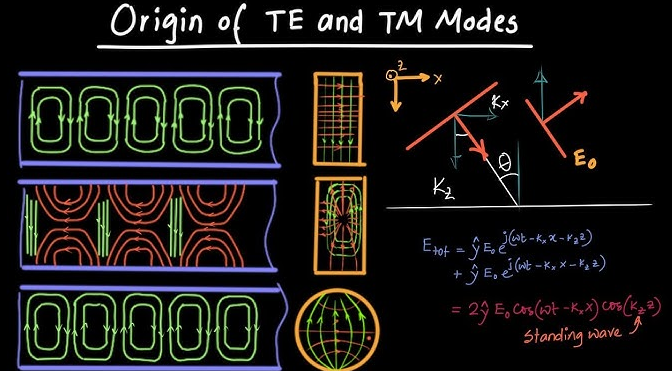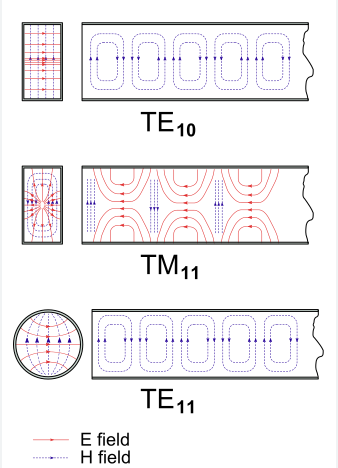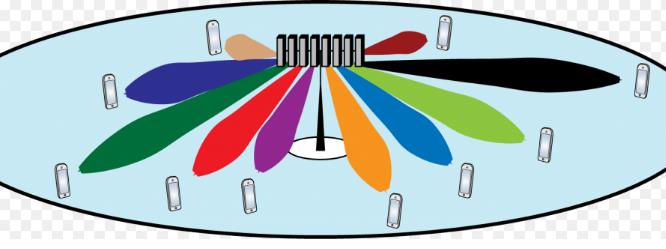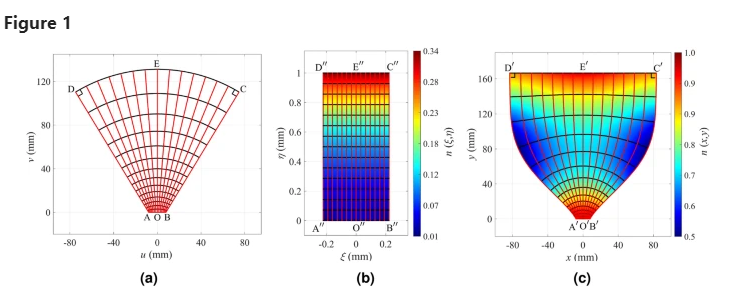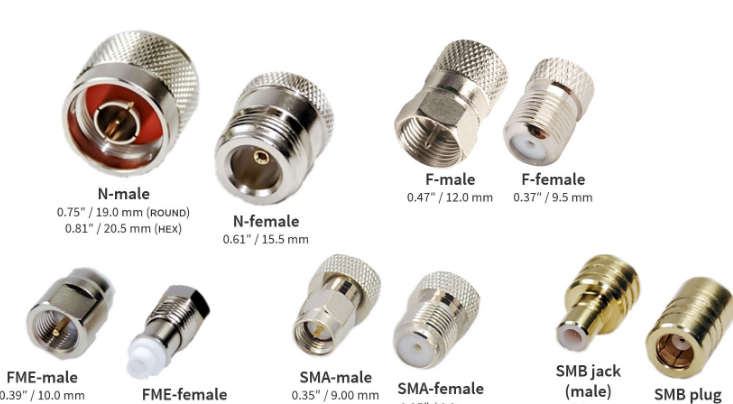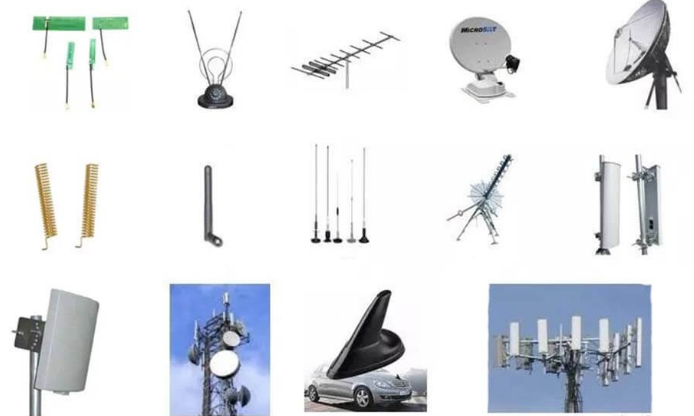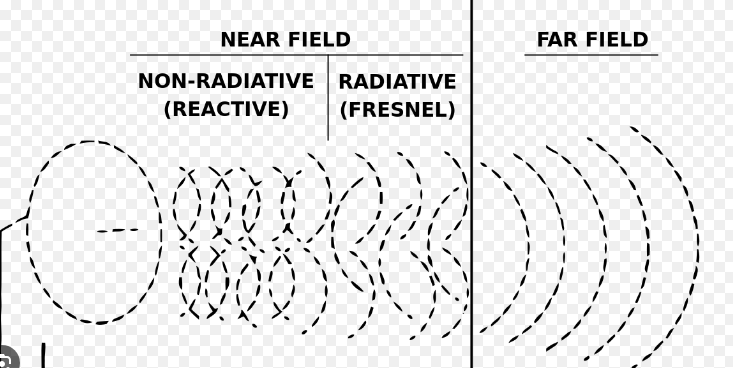3 modes of transmission of waveguide
Waveguide transmission modes include TE, TM and surface waves. TE10 mode is the main mode (such as WR-90 waveguide, cutoff frequency 6.56GHz); TM01 mode requires a circular waveguide (radius 1.7cm, cutoff 8.2GHz); surface waves are transmitted through the medium and are applicable to frequency bands above 30GHz. The waveguide size and frequency need to be […]
3 modes of transmission of waveguide Read More »

